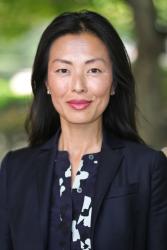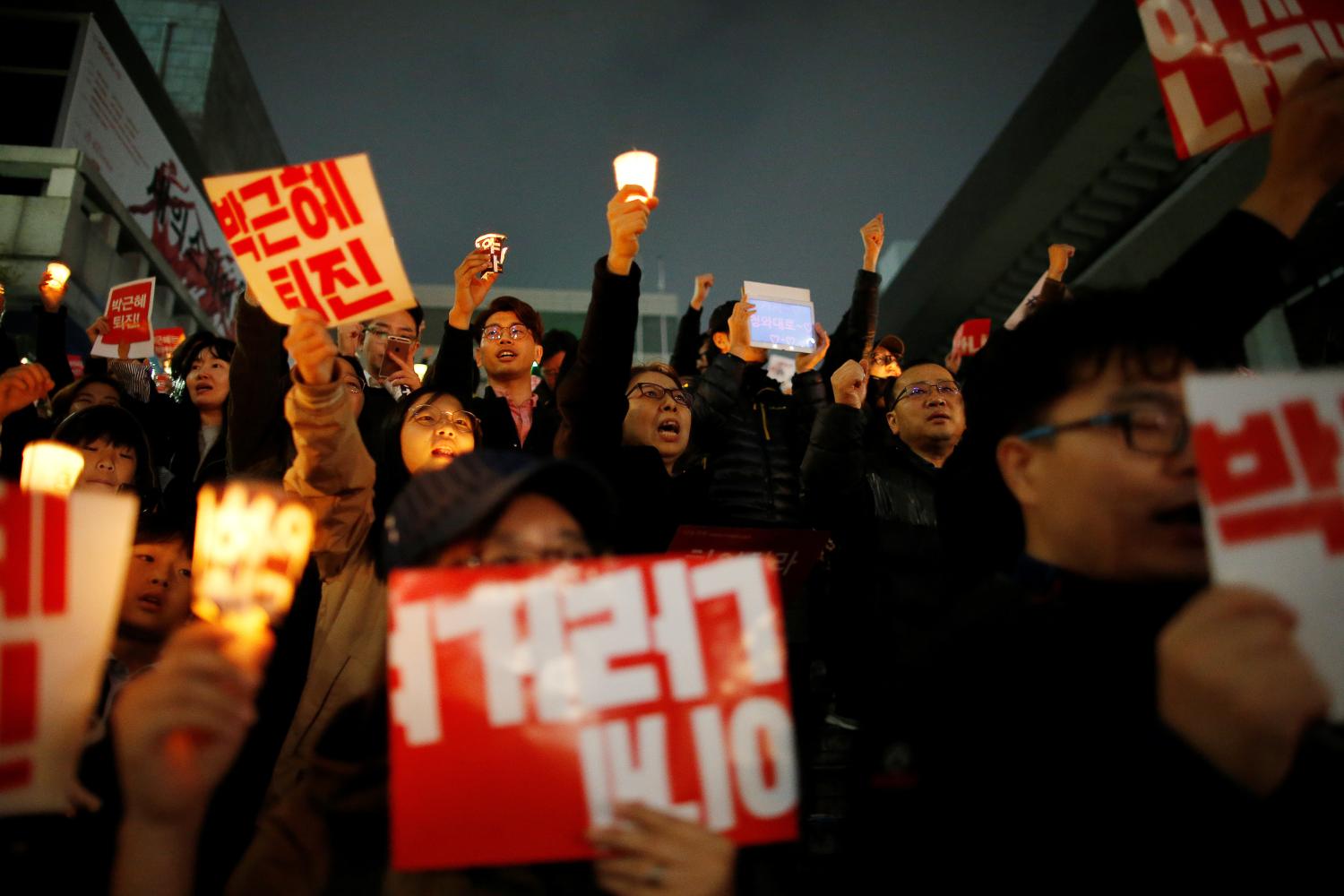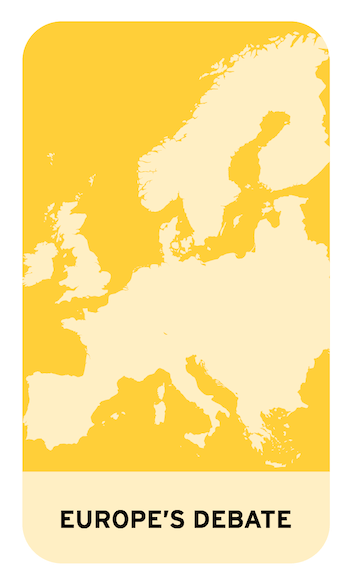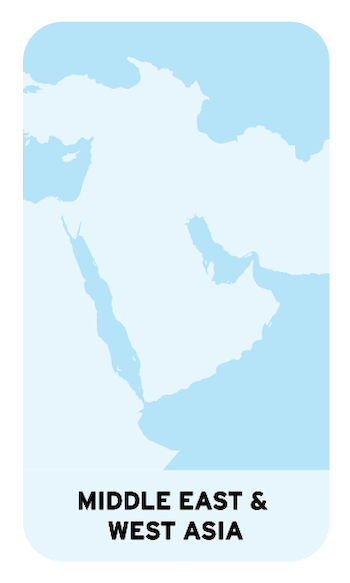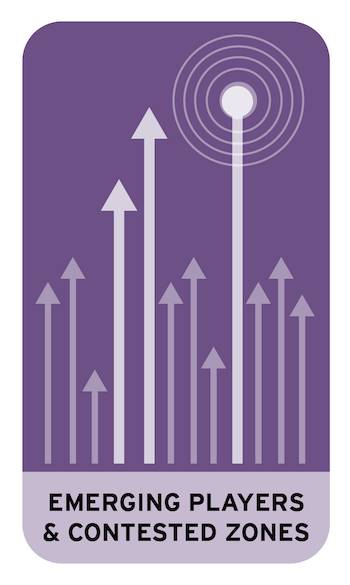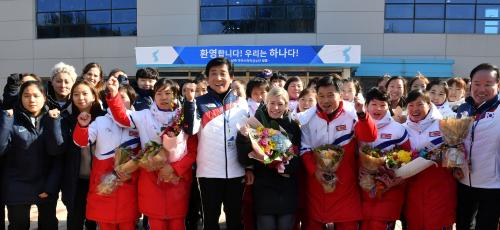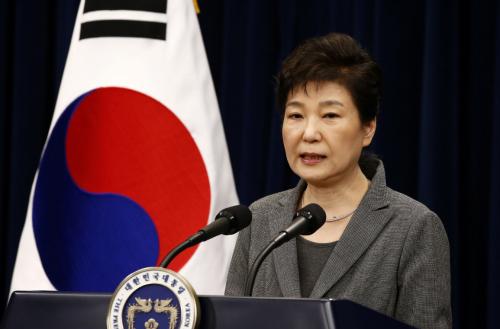 Executive Summary
Executive Summary
Hundreds of thousands of South Koreans took to the streets in the fall of 2016 to demand the resignation of then-President Park Geun-hye for corruption, captivating the world with this extraordinary display of peaceful collective action. However, what came to be known as the “candlelight protests” belied the weaknesses of democratic governance in South Korea, a country that jettisoned autocracy 30 years ago. The candlelight movement was emblematic of a culture of protest in South Korean society and it reflects the weakness of its representative democracy and lingering suspicion of governments that are linked to the country’s history of military regimes.
This paper identifies some key challenges to South Korea’s liberal democracy, including the structural limits of a top-down authority and the inextricable relationship between the state and corporations. The paper concludes with an assessment of the prospects for substantive progress in making the government more responsive to the people.
